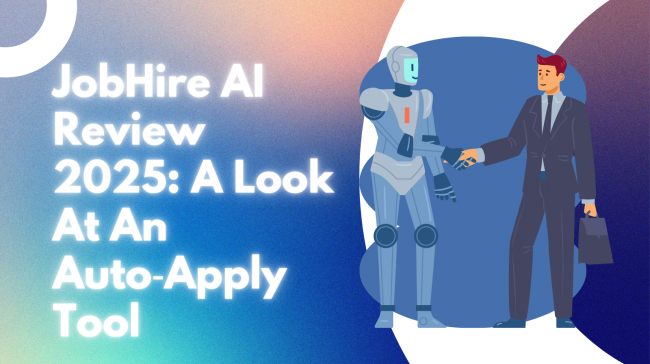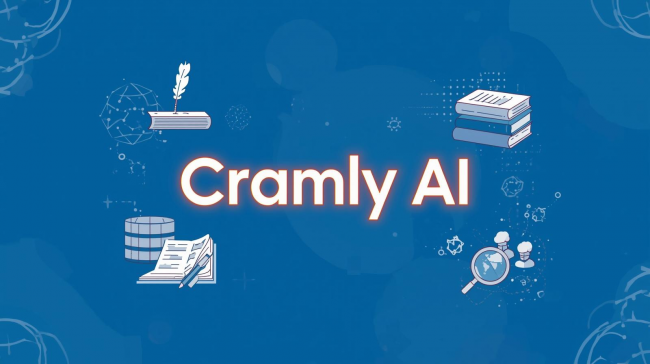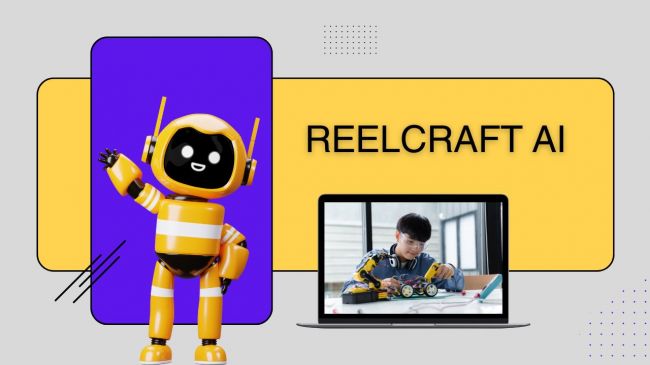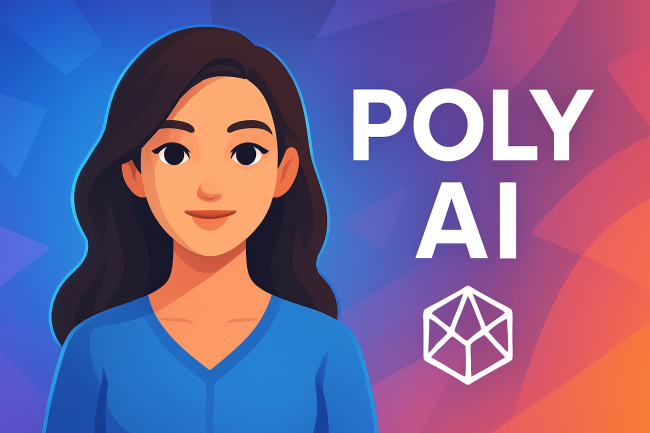Grok AI is an AI chatbot created by Elon Musk’s company, xAI, and is deeply integrated with X (formerly Twitter). It can answer questions, write content, generate code, create images, and perform real-time internet searches using its Grok 3 model. With added tools like DeepSearch, Think, and Code, Grok AI goes beyond regular chatbots to assist with complex tasks.

Recent Highlights
Grok AI gained massive attention in March 2025 after it generated inappropriate Hindi slang and expletives while responding to Indian users. The backlash sparked debates about AI responsibility, free speech, and cultural sensitivity.
According to IndiaExpress some users recently raised concerns about who should be held responsible when an AI like Grok responds with offensive or inappropriate content. People questioned whether the blame lies with the creators of the AI, the platform it's used on, or the users themselves. In response, Elon Musk defended Grok by saying that the tool is built to support open conversations and free expression. He explained that Grok is meant to give unfiltered answers, even if some responses may seem bold or controversial.
Use Case of Grok AI
Grok AI offers many practical tools, especially under the SuperGrok subscription. Here are its most useful features:
- Grok 3 Thinking: Gives thoughtful, deeper answers.
- DeepSearch: Pulls live internet data for current and accurate answers.
- Image Generation: Creates AI images from text prompts.
- Document Analysis: Summarizes, translates, or extracts insights from uploaded files.
- Code Help: Generates, debugs, and explains code in various languages.
- Quick Tools: Options like "Research", "Analyze", "Create Images", "How to", and "Code" simplify tasks.
- Twitter (X) Integration: Accesses live X data for real-time context.
- Higher Rate Limits: Ask more questions with fewer restrictions.
How to Use Grok AI
Getting started with Grok is simple, especially if you’re already on X (Twitter):
- Log in to your X account.
- Tap on the Grok icon or search for it.
- Type your question or choose a tool like DeepSearch or Think.
- You can upload documents or request image creation.
- Responses are fast, detailed, and interactive.
Grok AI Pricing
Grok AI’s advanced tools are part of the SuperGrok plan, available under X Premium+.
| Plan | Price | Features |
| Monthly | $30.00/month | Full access to Grok 3, DeepSearch, image tools |
| Yearly | $300.00/year | Save with annual billing |
A Premium+ subscription is required before adding SuperGrok.
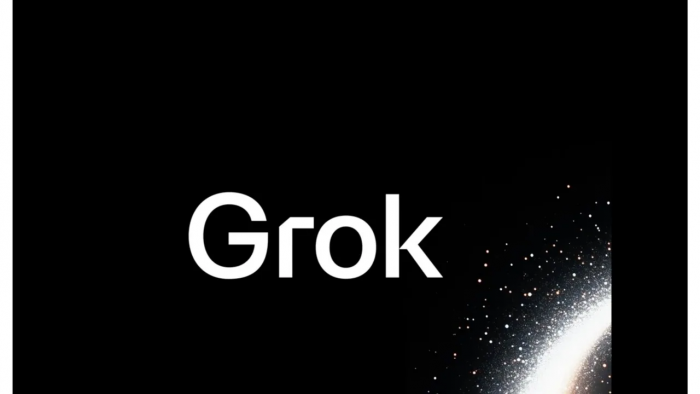
Steps to Get SuperGrok Access
To use Grok AI’s full set of tools, including advanced features like DeepSearch and image generation, you need to subscribe to the SuperGrok plan. Here’s how you can do that:
- Log in to your X (Twitter) account.
- Go to Settings and find the Premium section.
- Choose the Premium+ subscription, which is required to access Grok.
- Within that, select the SuperGrok upgrade.
- Pick a plan—monthly ($30/month) or yearly ($300/year).
- Complete the payment process to activate the service.
Once subscribed, the additional tools and increased limits will become available in your Grok interface.
Key Takeaways
Grok AI is designed to help with a variety of tasks such as writing, research, coding, analyzing documents, and generating images. It works in real-time and can access current information, including content from X (formerly Twitter). This allows it to provide responses that reflect what is happening at the moment.
However, the tool has also raised concerns. Recently, it was criticized for generating offensive responses in Hindi, which led to questions about how such content is handled and who is responsible. This situation highlights a larger issue in artificial intelligence: how to manage content across different cultures and languages. Tools like Grok, which aim to support open conversation, must also consider the impact of their responses on users from diverse backgrounds.
As AI tools become more widely used, they will need better systems for moderation, clearer guidelines, and more sensitivity to cultural differences. This can help reduce the risk of harm and improve the overall experience for all users.
Post Comments
Be the first to post comment!

